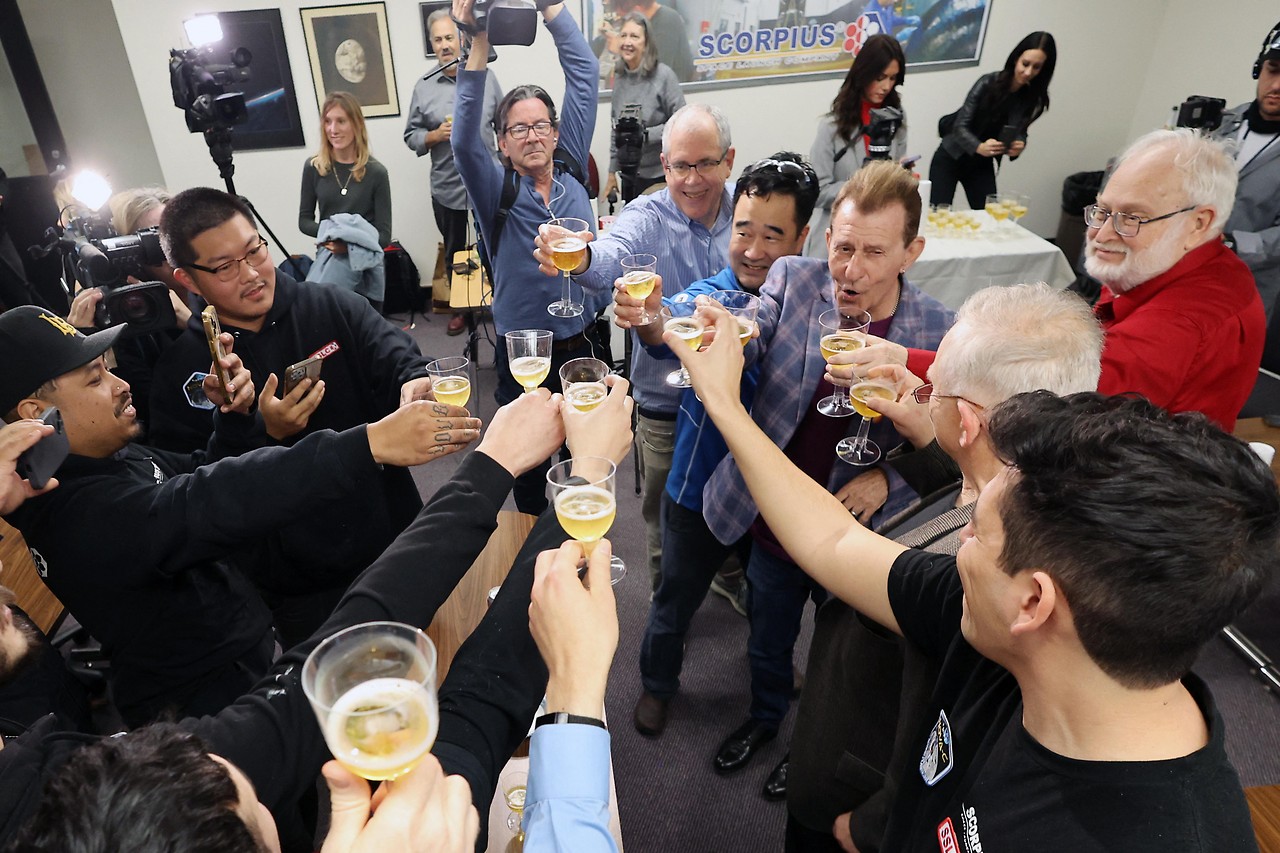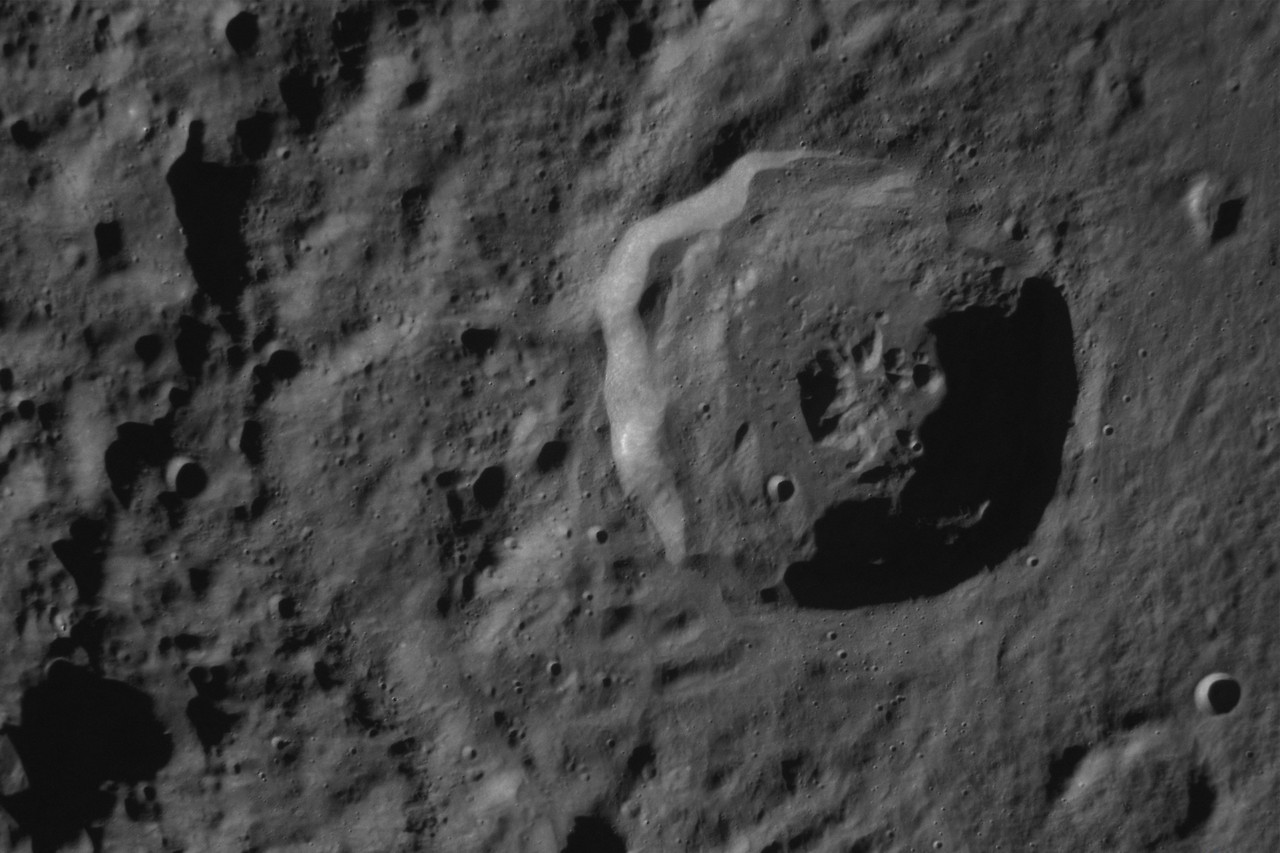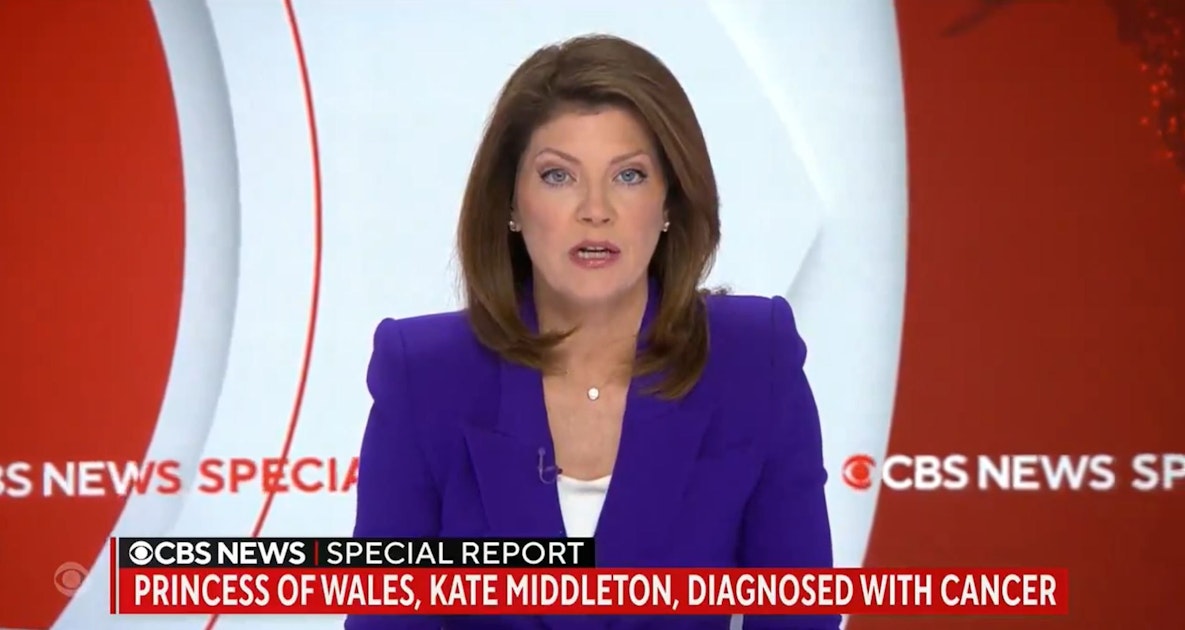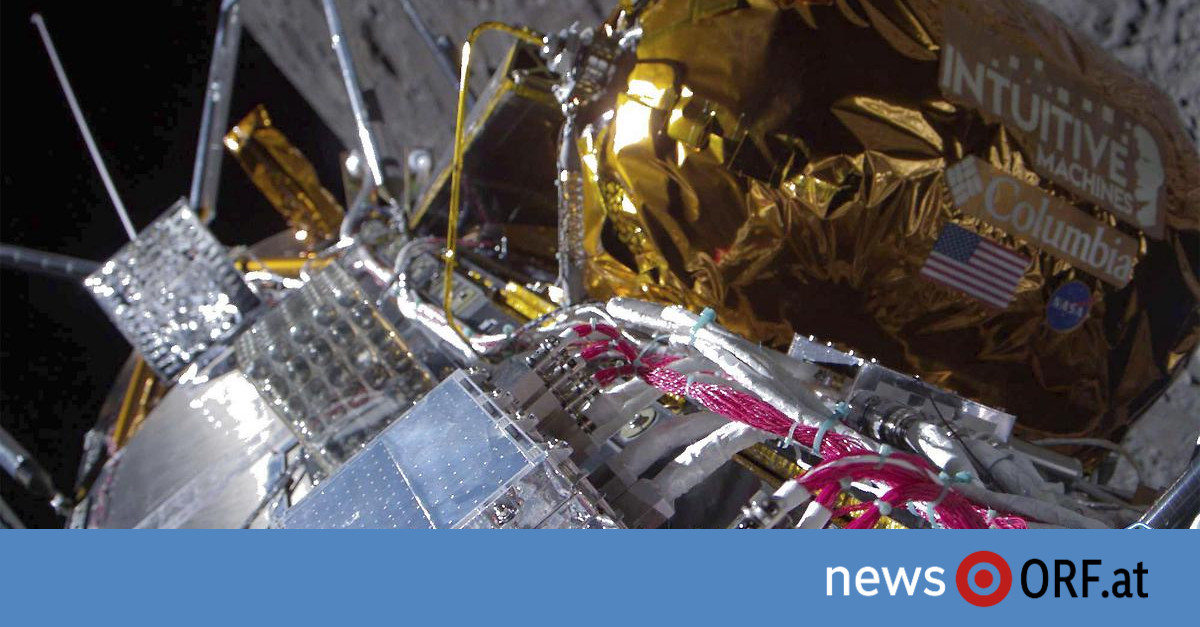The moon landing was the first successful — albeit unmanned — landing since the last Apollo mission more than 50 years ago. NASA Administrator Bill Nelson then spoke of the “triumph”, and international media described the landing as a “historic” moment. According to the BBC, Nova-C landed near the moon's south pole.
After that, it was apparently unclear what condition the probe was in for a few minutes. Initially, only weak signals were received, according to Lunar Mission Control. But it is absolutely certain that “Nova-C” has landed on the surface of the moon and is sending signals, according to the BBC, citing Tim Crane of Intuitive Machines.
First successful US landing since 1972
“The United States is back on the moon,” Nelson said. The successful mission is proof that NASA's commercial partnerships are promising. The US space agency also mainly cooperates with the space company SpaceX, owned by technology billionaire Elon Musk.
The last time a space shuttle – manned at the time – landed on the moon was in 1972 as part of the Apollo 17 mission. For the first time, a person set foot on the surface of Earth's satellite on July 21, 1969 as part of Apollo 11 with Neil Armstrong.
Return to the moon with commercial assistance
The Nova-C lunar lander, nicknamed “Odysseus”, measures about three meters by two metres, weighs about 700 kilograms, and can transport about 130 kilograms of cargo. Future models should be able to carry up to 500 kilograms. In the case of Nova-C, NASA used a significant portion of the payload capacity with research equipment. American artist Jeff Koons sent 125 miniature stainless steel sculptures into space.

“Nova-C” was launched about a week ago from Cape Canaveral Spaceport in the US state of Florida. The means of transportation was a Falcon 9 rocket from SpaceX. The mission is part of NASA's Commercial Lunar Payload Services (CLPS) program. Through this program, the US space agency wants to return to the moon relatively cheaply and efficiently, by awarding flight contracts and working with private companies.
No transportation capacity since the Space Shuttle
A total of about $2.6 billion (about 2.4 billion euros) has been allocated to the CLPS program by 2028. NASA itself no longer has its own transportation capacity since the end of the Space Shuttle program in 2011. Intuitive Machines received about $77 million for the “Nova- C”.

The company, headquartered in Houston, Texas, was founded in 2013 by Iranian-American businessman Kam Ghaffarian, among others. He is also behind Axiom Space, which recently sent astronauts to the International Space Station (ISS) on a commercial mission.
Several attempts have failed recently
Landing on the moon is technically very difficult and regularly fails. This year alone, two planned landings have ended differently than hoped: American company Astrobotic, based in Pittsburgh, sent up its Peregrine capsule in January – also part of NASA's CLPS programme.
But shortly after take-off, problems occurred due to a malfunction in the propulsion system. The capsule was initially stabilized, but the goal of landing on the moon had to be abandoned. A few days later, “Al-Shaheen” burned up in the Earth's atmosphere.
Shortly thereafter, the Japanese space agency JAXA's SLIM (Lunar Exploration Intelligent Lander) lander softly touched down on the lunar surface, but initially encountered problems with its power supply. SLIM was unable to start working until days after the power outage. This makes Japan the fifth country – after the United States of America, the former Soviet Union, Russia, China and India – to succeed in landing an unmanned space probe on the surface of the moon.

“Alcohol buff. Troublemaker. Introvert. Student. Social media lover. Web ninja. Bacon fan. Reader.”







More Stories
What are the opportunities available to the company?
Dirty Deals – Refugee deal between Great Britain and Rwanda
YouTube significantly increases advertising revenues – Quotenmeter.de